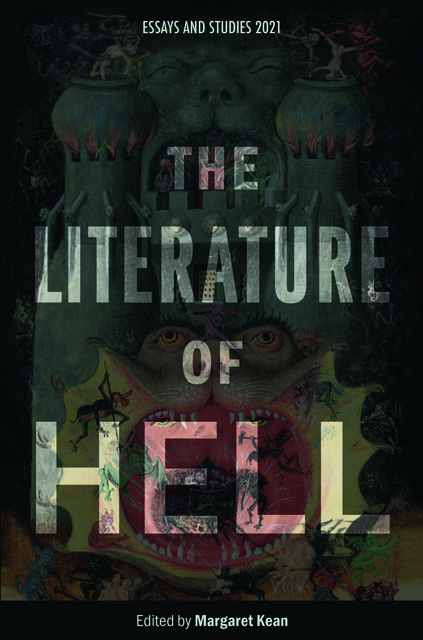Folk Horror: Hell and the Land in Old English Homilies for Rogationtide
Published online by Cambridge University Press: 14 January 2023
Summary
The threat of Hell, as Old English Rogationtide homilies frequently remind us, is ever-present. But what is Hell like? How does it work? What does it contain? And perhaps most importantly for the Christian creators of these texts, how does one encourage one’s audience not to discover the answers to these questions from personal experience? We imagine the centuries from which these homilies date, the tenth to the twelfth, as an ‘age of faith’. Yet, while Christianity was undoubtedly deeply woven into the fabric of life and dominated the activities of intellectual and cultural elites from the conversion to the Norman Conquest, what piety actually meant for the general population in this period often surprises a modern audience. Although the lives of ‘the common people’ are difficult to recover as they left few documentary traces, we can be fairly certain from the works of reformers such as Ælfric of Eynsham that most did not go to church as often as Canon Law suggested they should, nor did they always behave themselves appropriately once they got there. Those tasked with preaching to the laity at the points in the liturgical year when large congregations were guaranteed had to make the most of the opportunity. For a modern English church the popular preaching occasions would be Christmas and Easter, but in the early medieval period peak attendance came at Easter and on the Rogation Days. The predominantly anonymous authors of Old English Rogationtide homilies aim to induce a reverential fear of God in their audiences, with stress placed on the need to appease God’s righteous anger through penance. Everything is explained for the unlearned in clear terms and with memorable imagery. Homilists prompt their audiences to imagine the eternal spiritual landscapes of Heaven and Hell as inextricably linked to their transient, earthly home; abstract promises of salvation are connected to appealingly concrete rewards. In keeping with the springtime setting of Rogation and its associated processions, preachers exploited the importance of agricultural prosperity to the laity to communicate and embed Christian principles.
- Type
- Chapter
- Information
- The Literature of Hell , pp. 13 - 36Publisher: Boydell & BrewerPrint publication year: 2021



